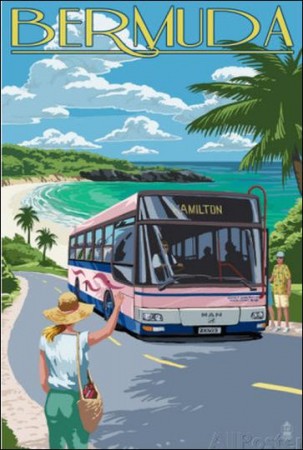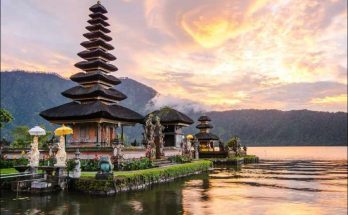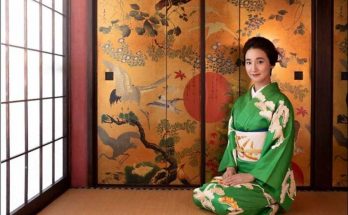Bermuda is, in many respects, a little country, but break it down to its smallest common denominator and it is a small city of about 65,000 people. There is little difference between Front Street and Main Street, except that Front Street, as a rule, is far more prosperous. To know and appreciate Bermuda, it is well to know Bermudians, and no firmer or pleasanter first step can be taken by the visitor than to enter the door of a club with interests similar to his.The Visitors’ Service Bureau can fill in current place and hour of meetings and any other information.
Whether you are cycling, or riding in a carriage, car or bus, remember that in Bermuda the rule of the road is to the left and in walking along the roads and lanes (sidewalks are unknown outside the towns) keep to the right. In “touring” Bermuda, the longest trip you can make is from H.M. Dockyard to St. George’s, all of twenty-three miles, and across the Island the widest stretch is only two and one-quarter miles. The highest hill you can climb is Town Hill in Smith’s Parish, 259 feet above sea level.
Even the most latent horticultural interest is excited by the masses of spectacular flowers in Bermuda. Their variety is fascinating, their beauty is astonishing and their origins are hard to believe.
Bermuda was one of the last really habitable spots in the world to be inhabited, and until Sir George Somers landed in 1609, nature had been in full control. There were then a mere one hundred and fifty varieties of plants including the seventeen indigenous ones. Apparently the others, similar to plants native to Mexico, the West Indies and the southeastern coast of the United States, had floated in on seaweed or had grown from seeds brought by migrating birds.
Now there are more than 1,500 varieties of plants. A surprising number of Bermuda’s early globe-roaming sailors extended their investigations of foreign ports beyond the waterfront to the flora of a new country, and brought back slips and seeds of plants that would ornament the Colony. Here on a coral atoll in the middle of the Atlantic, flowers brought by these seagoing flower-fanciers from Asia, Africa, North and South America and the West Indies have flourished.
In addition to the contributions of sailormen, early governors and their wives frequently brought new species with them, and others arrived in letters. Some plants, such as the loquat, came to the Islands quite by accident. This pretty evergreen is native to Japan, and it arrived in Bermuda only because a ship in distress, with some aboard, was forced into St. George’s Harbor. Now it grows widely, and loquat preserves are a local delicacy.
Related Link: View Traveler’s Life >>
Views: 213



